Learn how to use a tracking tunnel and identify prints
Found some rat footprints where they shouldn’t be? Please get in touch with us! Report this online or call 0800 NO RATS (0800 667 287).
Tracking tunnels are a great way to learn what’s creeping around your garden or local reserve. An ink pad placed inside the tracking tunnel shows the footprints of both predators (like rats or stoats) and natives like geckos and wētā! As you trap more, you should see more native wildlife.
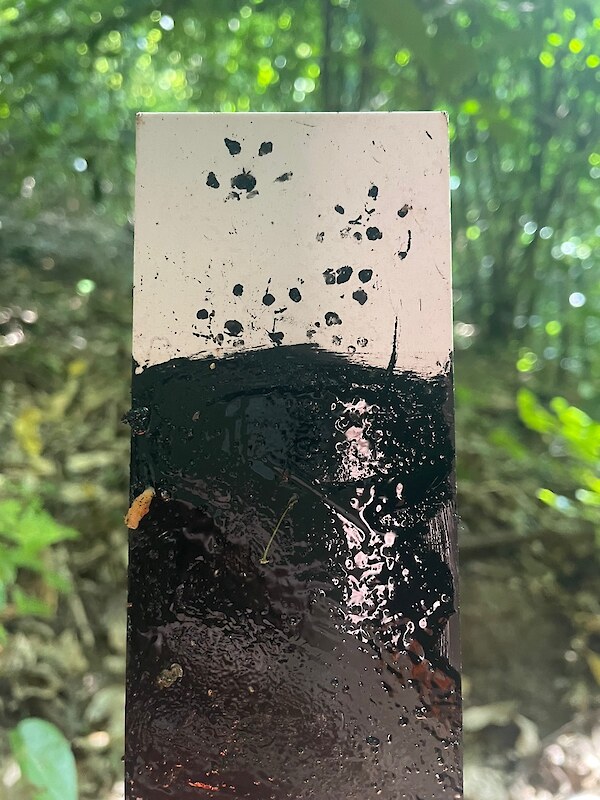 Installing a tracking tunnel
Installing a tracking tunnel
Place an ink card inside a plastic tunnel. Put some peanut butter in the middle of the card and leave it out for a couple of days. The Kiwi Conservation Club has a great guide on how to build your own tracking tunnel.
Identifying tracks
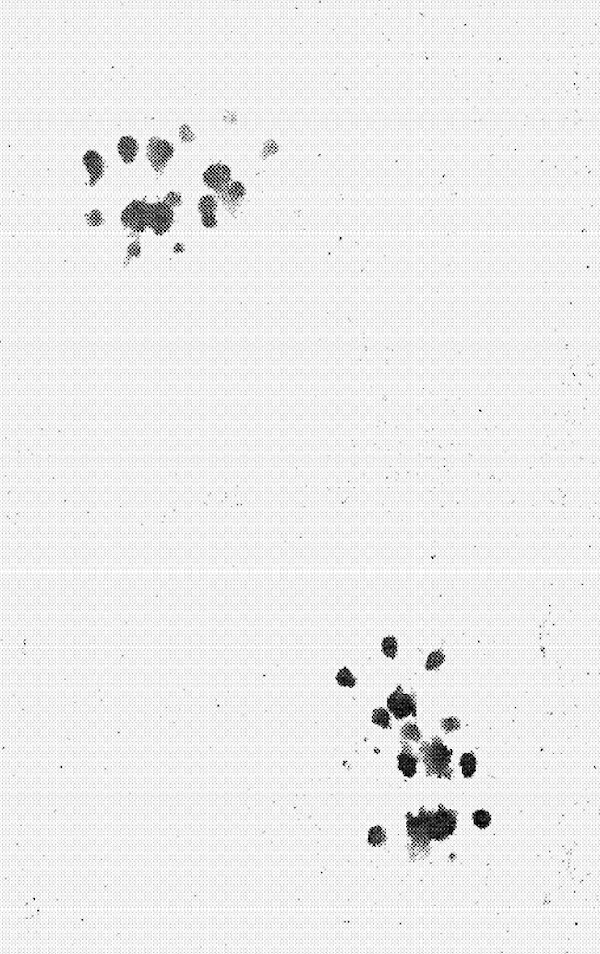 Rat footprintsRat prints
Rat footprintsRat prints
Rat footprints are quite circular. Depending on the age of the animal, each print could be 1.5cm to 2.5cm across.
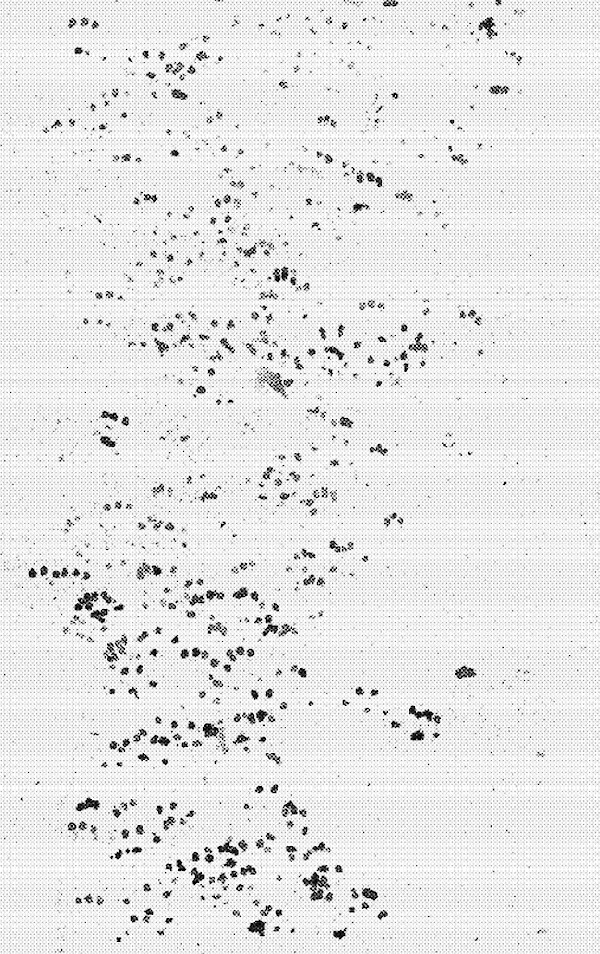 Mouse footprintsMouse prints
Mouse footprintsMouse prints
Mouse footprints are like rats’ but are much smaller. Even the prints of a young rat are twice the size of an adult mouse’s. Mouse prints can be tricky to spot when mixed in with many rat tracks. Look for repeating patterns. Sometimes mice only leave sets of three toe prints.
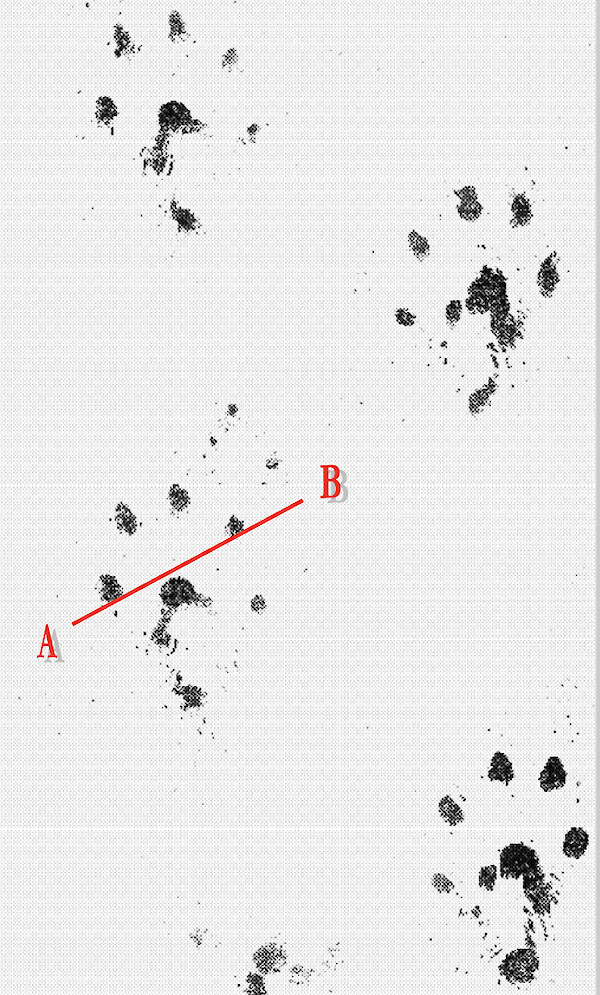 Stoat printsStoat prints
Stoat printsStoat prints
The front footprints of a stoat are 2cm long and wide. Their rear feet are oblong, 4cm long and 2.5cm wide. Their prints often show small patches of fur.
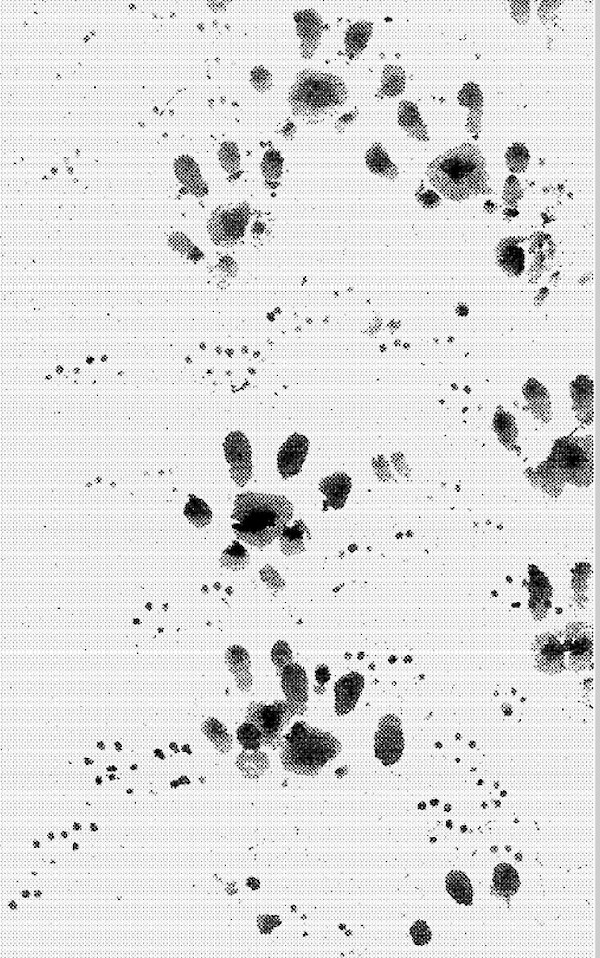 Hedgehog printsHedgehog prints
Hedgehog printsHedgehog prints
Hedgehog footprints are quite circular. Big hedgehogs struggle to fit in tracking tunnels and leave messy prints. Their prints are around 2-3cm wide and 3-4cm long. Their belly fur might mark the paper. Unlike a stoat there’s no hair between their toe pads.
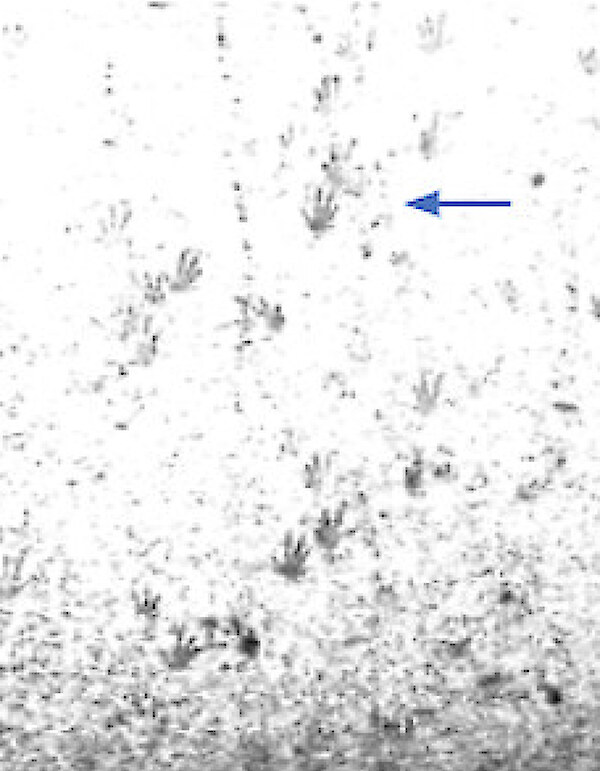 Skink printsSkink prints
Skink printsSkink prints
Skinks have thin, long and sometimes curved toes. They may drag their tail.
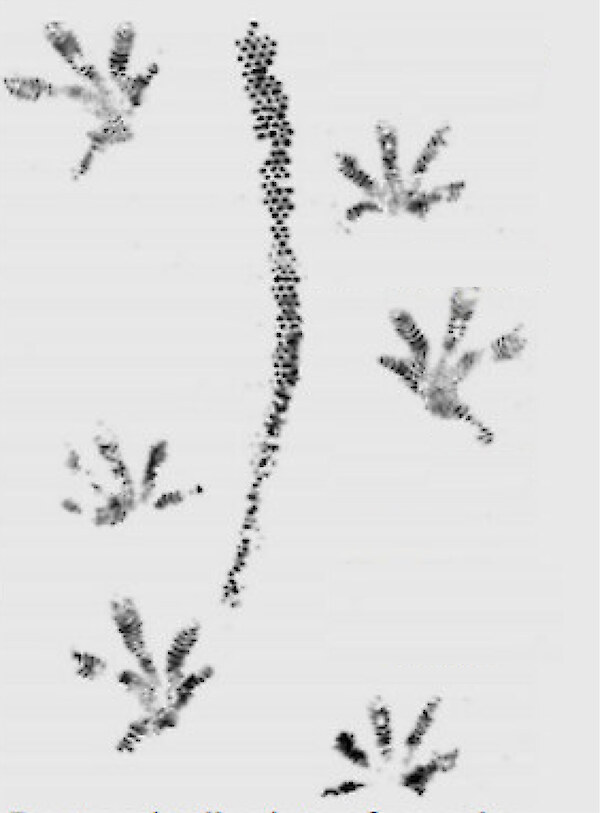 Gecko printsGecko prints
Gecko printsGecko prints
Geckoes have long, rounded toes with striped prints. They may also drag their tail.
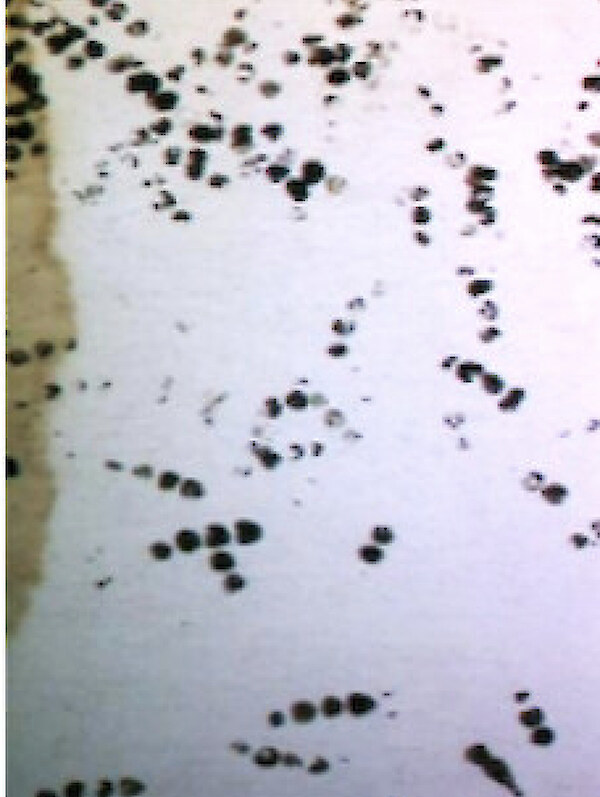 Wētā printsWētā prints
Wētā printsWētā prints
Wētā footprints are like a string of dots.
Credit: A Short Guide for Identifying Footprints on Tracking Tunnel Papers.
